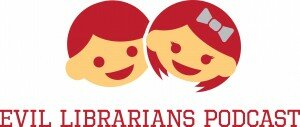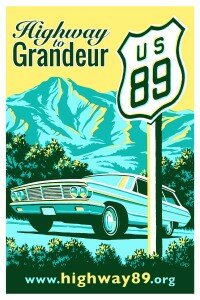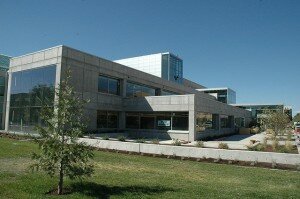If you’re a teaching librarian, you’re probably familiar with the CRAAP Test. In fact, “familiar” is probably a major understatement. I’ve peddled it for years. For those of you who are uninitiated, the CRAAP Test was created by the good folks at the Meriam Library at CSU, Chico; it’s a quick(ish) test for evaluating information that you find, oh, anywhere, but predominantly on the Open Web.
While I have taught CRAAP to students, it’s definitely not ideal. No disrespect, Meriam Librarians. But in my experience, it’s a pretty tough sell–even when points are attached to completing it–and, generally, students don’t retain much in spite of the catchy acronym. So, I decided to go a different route and make the learning experience more active and less rote. One of my colleagues suggested taking a constructivist approach based on cognitive development, which assumes that some of the methods we use to teach information evaluation, like the CRAAP Test, are developmentally beyond undergraduates’ abilities. Most freshman (if they’re part of the typical demographic) believe in right answers and wrong answers; their analytical skills aren’t so nuanced that they can easily determine if information is relevant to their research needs. They’re simply looking for “good” information, whatever that means–especially if it’s on the first page of Google results. (I say that with all the compassion I can muster, no judgment.)
Benjes-Small (et al) wrote a great piece last year for Communications in Information Literacy called “Teaching Web Evaluation: A Cognitive Development Approach.” I totally recommend looking it up (citation below). I’ll give you the nutshell version:
1. Put students on teams, show them a site that isn’t credible, ask them to come up with five reasons why it’s not.
2. Give students a topic, ask them to brainstorm what a gold standard site for that topic would look like/include. Who’d write the content? How current would the site be? What about the URL extension? And so on.
In both activities, you can categorize their responses according to the 5 Ws (who, what, when, where, why).
3. Ask the students to apply their gold standard criteria and find a credible website about their topic. You can do this piece as a competition. They kiiiiiiiind of love it.
Needless to say, because you give them a safe place to start by saying, “Hey, this is what BAD information looks like” and also give them autonomy to identify what’s “good,” they tend to be more nuanced in their evaluations. They’re also more invested because they’re actively participating in discussion and brainstorming, rather than having to reply to a lengthy list of questions. And if you’re like me, you fire them off, auctioneer-style to make it more high action. (I kid, I kid.) I’ve used this approach for one-shot and multiple-shot visits, and it’s been wildly successful. You actually get the students to talk to you!
Okay, so, now it’s your turn: What do you folks do to teach information evaluation?
Bibliography
Benjes-Small, C., Archer, A., Tucker, K., Vassady, L., & Resor, J. (2013). Web evaluation: A cognitive development approach. Communications in Information Literacy, 7(1), 39-49.
By: Adriana Parker, University of Utah J. Willard Marriott Library




